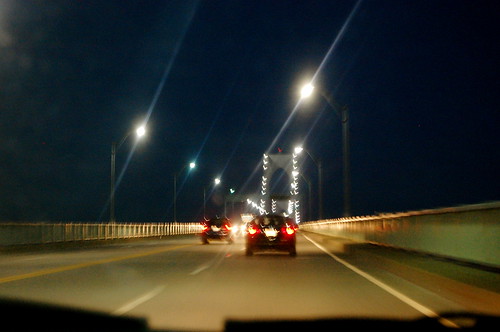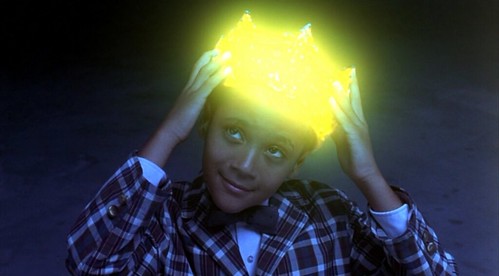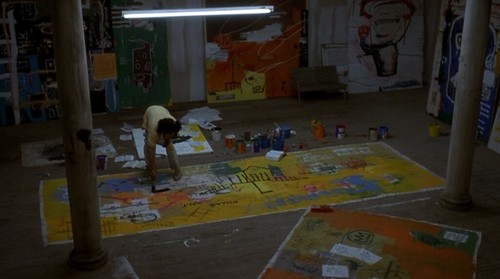 It's about his recent move from New York (after living here for eight years); and all of the things that he now misses (but had to move to Helsinki to pinpoint). It's really touching, and made my heart feel very tight and small. They are things that are truly in danger of being taken for granted, if one lives here. It's not about the bustle, skyline, or "never sleeps" thing, per se, but more specific things that all ladder up to that stuff in a New York City gestalt kind of way.
It's about his recent move from New York (after living here for eight years); and all of the things that he now misses (but had to move to Helsinki to pinpoint). It's really touching, and made my heart feel very tight and small. They are things that are truly in danger of being taken for granted, if one lives here. It's not about the bustle, skyline, or "never sleeps" thing, per se, but more specific things that all ladder up to that stuff in a New York City gestalt kind of way.The numbered grid system. You don’t realize that something as prosaic as First Avenue and 24th Street could be so brilliant until you’re standing at the intersection of two streets named Tarkk’ampujankatu and Korkeavuorenkatu, trying to find Raatimiehenkatu.I've been thinking about places recently, and have wondered why all of the towns I've lived in still haunt me sometimes. Even though I'm more happy in New York than I remember being anywhere else. It can feel silly. While I was in Richmond last weekend, I felt little pricks of nostalgia every time I saw something that was a regular part of my life there: the rocks I used to walk along on the James River, the coffee shops I used to frequent, my favorite restaurant, even the familiar grooves in certain parts of the streets. While thinking about missing all of this stuff, I remembered something a good friend said once:
White noise. Sirens, radios, trucks backfiring, shouting matches, and the ambient thrum of radiators, air conditioners, and ventilation systems – this constant background chatter is the oxygen of city life, the thing that keeps me plugged in.
Bodegas. The equivalent here are Kioskiis, which are only open until 9pm, closed on Sundays, and they don’t sell flowers, pastrami sandwiches, hammers, bagels, kites, cake mixes, or bhangra CDs.

It's true, isn't it. And a little bit comforting /reassuring. At least we weren't so sick of the place and desperate to leave that we have that "good riddance" attitude about it all. Bittersweet.
I'm going to shut up now, because this post is really about James's piece. Here is the link again, because I liked it so much. There are also some really interesting comparisons between New York and Helsinki, like the layout of buildings; the impact of the weather on how rooftops are built; the cultural integration prohibiting the existence of hubs (like Chinatown, for instance); etc. Read it!












